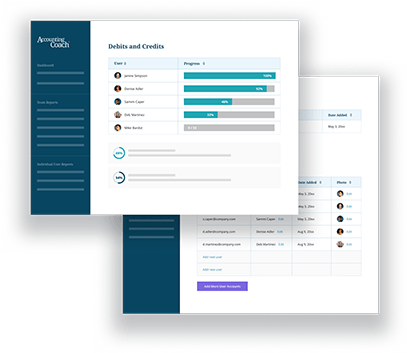Definition of Absorption Costing
Absorption costing is a cost accounting method (required by US GAAP) in which a manufacturer must assign fixed manufacturing overhead costs to the goods it produces. Therefore, the goods that are in inventory as well as the goods that have been sold will have “absorbed” the fixed manufacturing overhead costs (as well as the costs of variable manufacturing overhead, direct labor, and direct materials).
Fixed manufacturing overhead costs are usually incurred in large amounts (depreciation, salaries of manufacturing supervisors, etc.) that are then assigned (allocated or applied) in small increments to all of the products manufactured. If more units are manufactured, the fixed manufacturing overhead cost per unit becomes smaller. When the units are sold, the gross profit per unit will be larger and the net income will be larger.
Example of Absorption Costing Causing an Increase in Net Income
Assume a company has no beginning inventory and it plans to manufacture 100,000 units. Also assume that its annual fixed manufacturing overhead costs are $600,000. If 100,000 units are manufactured, the fixed manufacturing overhead cost per unit will be $6 ($600,000 divided by 100,000 units). If the 100,000 units are sold for $20 each, the income statement will report sales revenues of $2,000,000 and its cost of goods sold will include $600,000 of fixed manufacturing overhead.
Now let’s assume that the fixed manufacturing overhead costs remain at $600,000 but the company decides to manufacture 120,000 units (even though sales are expected to be only 100,000 units). In this situation, the fixed manufacturing overhead cost per unit will be applied at a rate of $5 per unit ($600,000/120,000 units manufactured). Since the sales remain at $2,000,000 (100,000 units X $20) but the cost of goods sold will include only $500,000 of fixed manufacturing overhead costs (100,000 units sold X $5), the gross profit will be $100,000 larger. The reason for the additional $100,000 in gross profit is that each of the additional 20,000 units in inventory have absorbed (been assigned) $5 of fixed manufacturing overhead costs.




